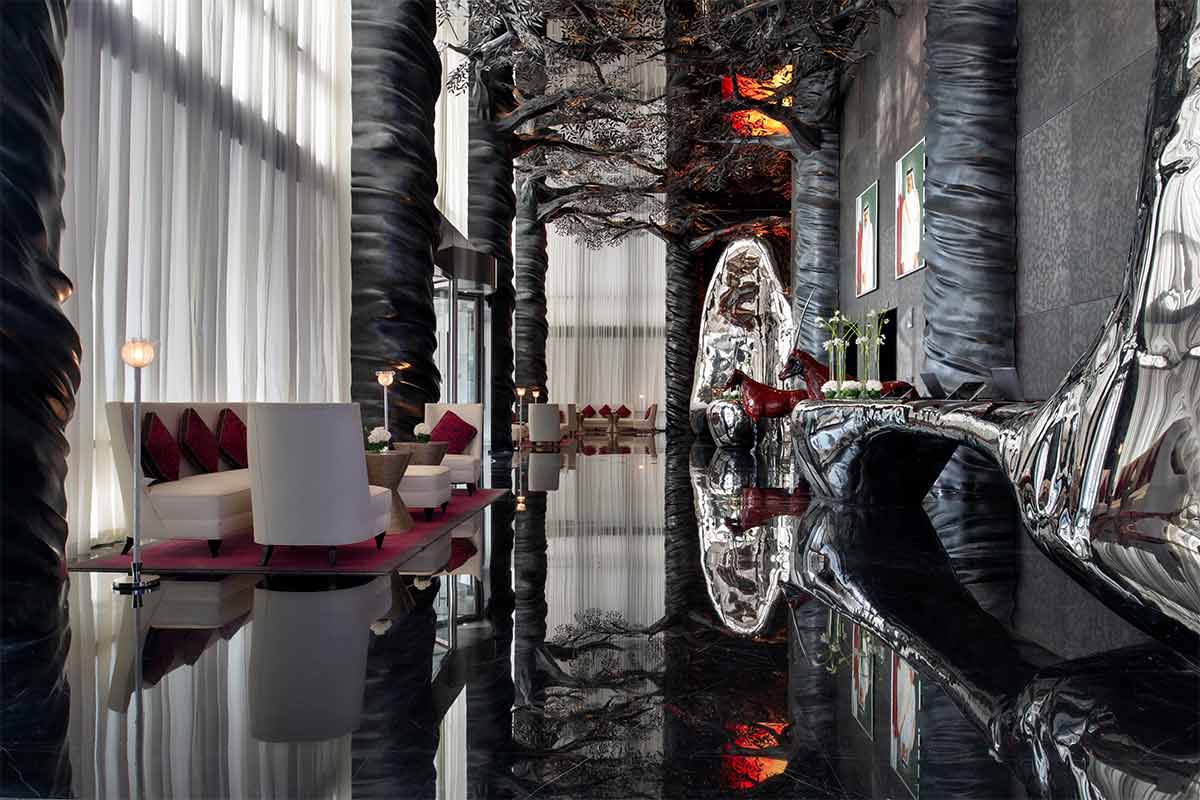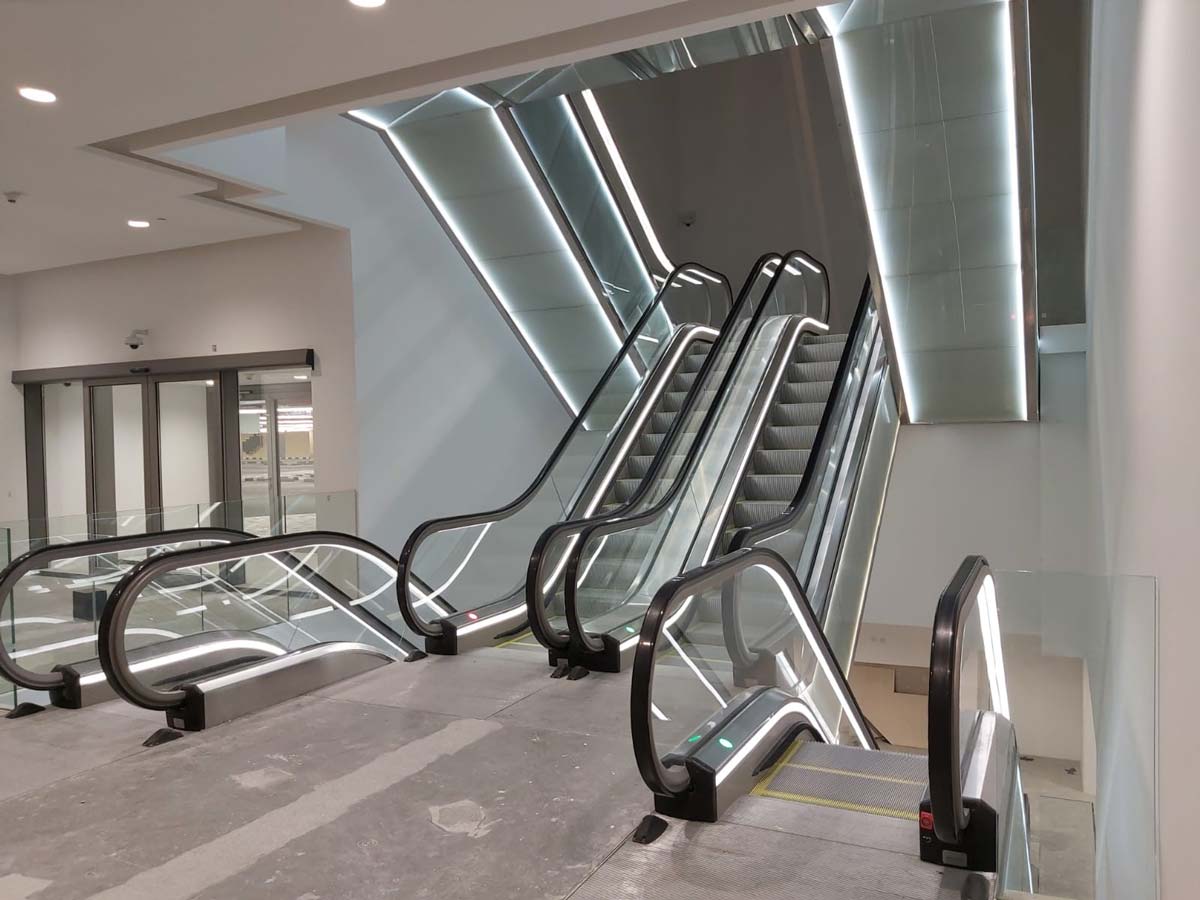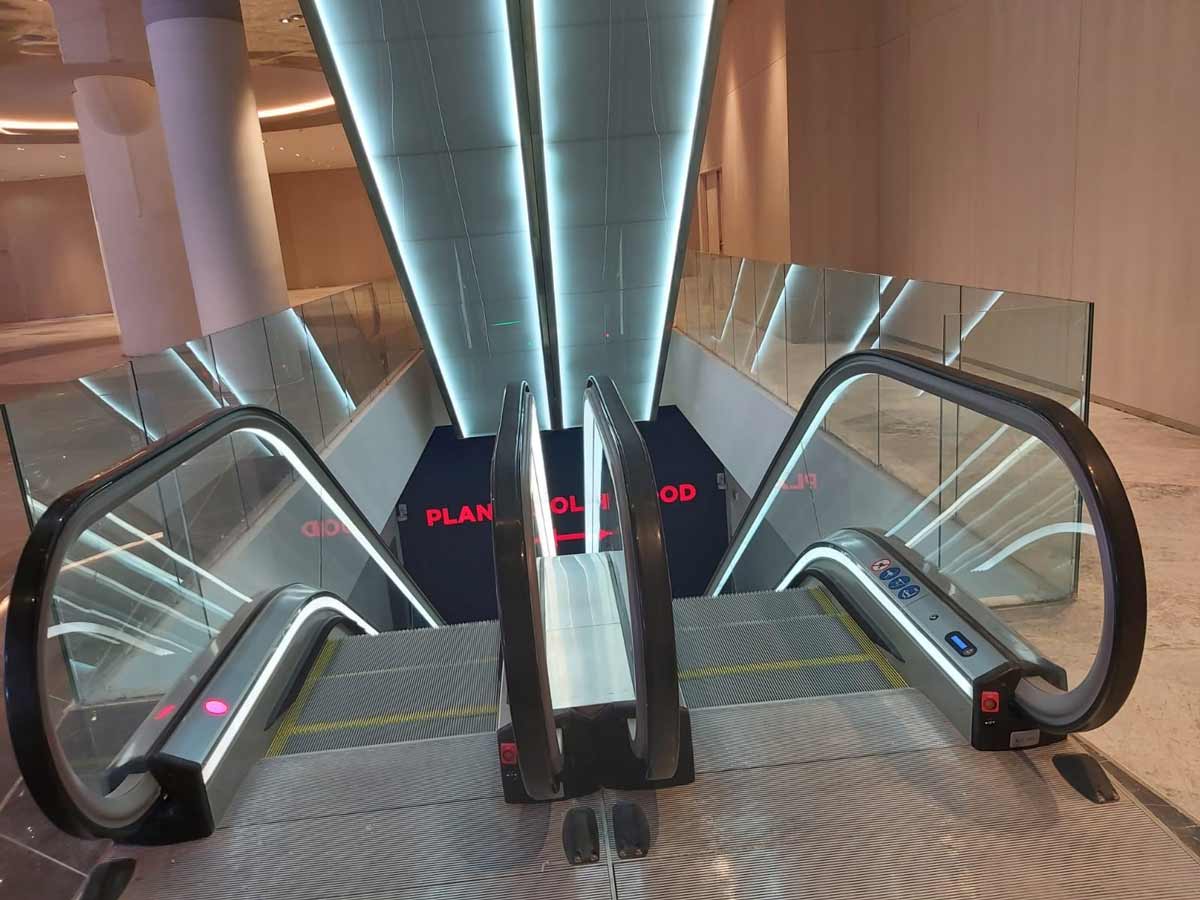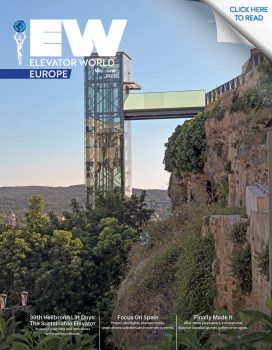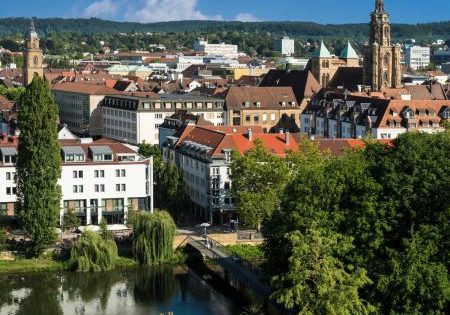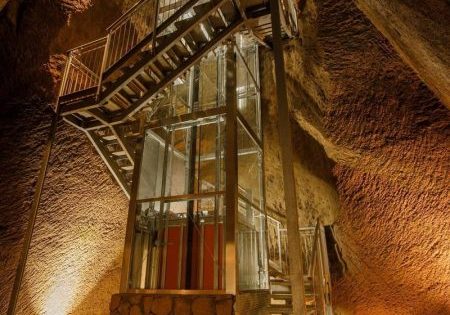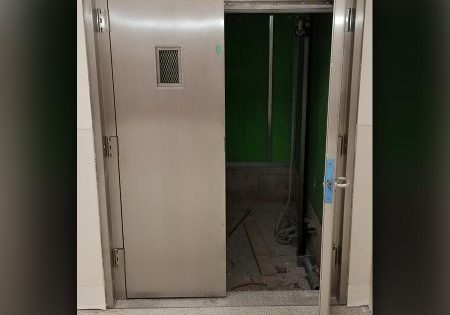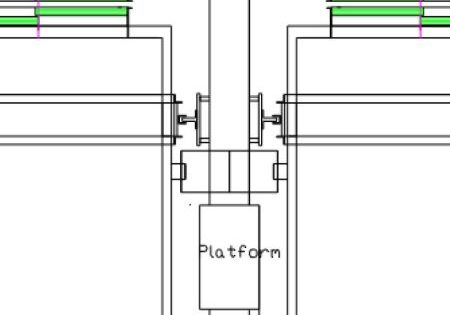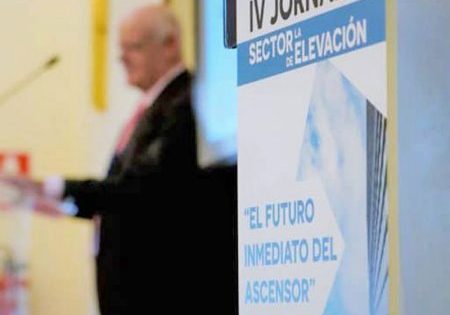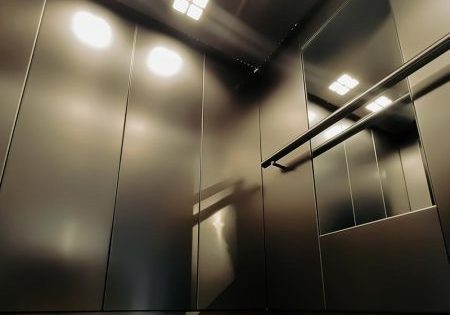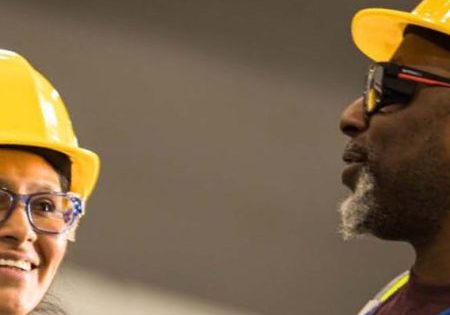Destination Doha
Jun 13, 2022

Qatar’s capital has persevered and grown, and Doha Oasis, with TKE VT equipment, is among major developments symbolizing its dynamic future.
The story of Qatar, the relatively tiny peninsula country jutting off Saudi Arabia into the Persian Gulf, is nothing if not interesting. At several points in time, what is now its capital — Doha — almost ceased to exist. In 1867, that was due to the Qatari-Bahraini War, during which troops from Bahrain and Abu Dhabi attacked Doha and neighboring town Wakrah, dismantling houses and deporting inhabitants. The Ottomans occupied a fort in Doha from 1871 to 1893, until troops led by ruling family leader Jassim Al Thani cut off the city’s water supply, in turn prompting the Ottomans to surrender. The second time Doha almost ceased to exist was in 1907, when the pearl market collapsed. Prior to that time, the city accommodated approximately 350 pearling boats, seeing its population increase to 12,000 in the first half of the 20th century. It shrunk considerably after the pearl situation, brought about by the introduction of cultured pearls to the market and the Great Depression.
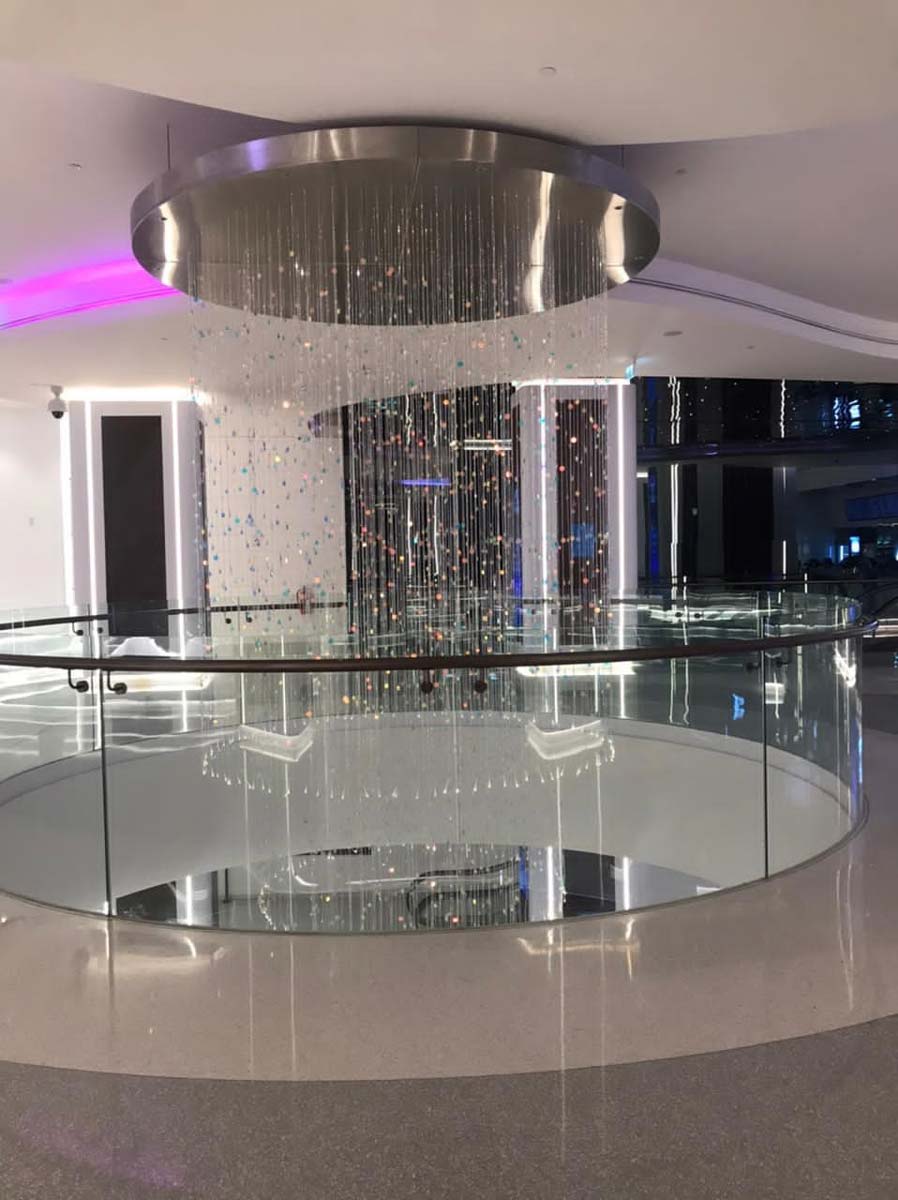
In 1916, Qatar became a British protectorate with Doha as the official capital, with Britain striking a deal with the Ottomans to withdraw all its troops from the peninsula. Qatar would remain a British protectorate for the next 55 years, until it officially declared its independence in the early 1970s.
During that time, however, Qatar, and Doha, were redefining themselves yet again, this time thanks to oil concessions in the 1920s and 1930s and subsequent drilling that would usher in an era of economic and social progress, albeit slowly. Qatar had to wait until the 1950s and 1960s before it started reaping significant monetary rewards. Doha’s Wikipedia page states:
“Qatar was not long in exploiting the new-found wealth from oil concessions, and slum areas were quickly being razed to be replaced by more modern buildings. The first formal boys’ school was established in Doha in 1952, followed three years later by the establishment of a girls’ school. Historically, Doha had been a commercial port of local significance. However, the shallow water of the bay prevented bigger ships from entering the port until the 1970s, when its deep-water port was completed. Further changes followed, with extensive land reclamation, which led to the development of the crescent-shaped bay. From the 1950s to the 1970s, the population grew from around 14,000 inhabitants to over 83,000, with foreign immigrants constituting about two-thirds of the overall population.”[2]
Today, Doha has a population of more than 2.38 million and is regarded as the political and economic center of Qatar. Immigrants still make up the lion’s share of the population, as Doha has invested billions of dollars into facilities focused on education, research, medicine, sports and leisure. Later this year, Doha is set to host the 2022 FIFA (Fédération Internationale de Football Association) World Cup.
In summer 2021, Halul Real Estate Investment Co. opened Doha Oasis, a landmark mixed-use development on 470,000 m2 in the heart of Doha served by 173 pieces of TK Elevator (TKE) vertical-transportation (VT) equipment. “It’s a very exciting and interesting time to be in this country,” TKE Qatar and Kuwait Managing Director Maroun Sadaka said. “It’s a small country, but very dynamic and exciting.”
“[Doha Oasis] is one of the most iconic projects in the country, and there was a lot of effort on the part of so many TKE team members that went into winning, then completing, this job.”
— TKE Managing Director Qatar and Kuwait Maroun Sadaka
TKE’s Doha Oasis story began approximately six years ago. In 2016, the OEM dispatched experts from its headquarters in Germany to Doha to provide additional support to local TKE experts on the challenging development, which includes a massive indoor amusement park, a hotel, residences, restaurants and retail. Competition for the VT job was intense, according to Sadaka and TKE Qatar Operations Manager Rami Zebian. Zebian, who was involved in the project early on, said the client was impressed by the innovation and technology of TKE VT offerings, particularly its TWIN elevator system — the only such system with two cabins operating independently in the same shaft.
Along with two TWIN elevator systems, Doha Oasis’ remaining VT units include machine-room-less elevators, machine-roomed elevators, wheelchair platform lifts, goods lifts and dumbwaiters. So many different pieces of VT equipment are necessary because Doha Oasis is vast. It includes a 28-story, 7-star hotel, 245 luxury residences, numerous stores, the first indoor amusement theme park in Qatar and the largest and most luxurious branch in the VOX Cinemas family. The theater includes so-called “4D” capabilities — which incorporate physical effects such as rain, mist, bubbles, smoke, wind, temperature changes, strobe lights, scent, vibration and motion[3] — private VIP auditoriums, dine-in options and areas specifically for children.
The VOX Cinema at Doha Oasis boasts 19 screens and 1,267 seats. Despite Doha Oasis’ other features, including the tallest indoor roller coasters and drop towers in the world and the second largest French fashion department store — Printemps — behind Paris, Sadaka thinks the cinema might be the best part. He said:
“It’s definitely the most important movie theater in the Middle East and is very high end inside. Overall, Doha Oasis is one-of-a-kind. The spending on this project was huge — in the billions — and being a part of it has been amazing. It is one of the most iconic projects in the country, and there was a lot of effort on the part of so many TKE team members that went into winning, then completing, this job.”
Zebian credited the TKE pre-sales team and technology experts with clinching the deal. “The client was impressed by the products and the speed with which we managed to get people from Germany to Qatar to explain to them how we would be able to serve the building’s traffic needs better than any other competitors,” he said. “I think this is why we were selected for the project.”
TKE’s VT package was officially handed over to the client in July 2021. Doha Oasis, and its VT system, took an unusually long time to complete because of delays related to the pandemic and having to order games and equipment from the U.S. “With COVID, nobody could travel, so we couldn’t commission the VT units and this delayed everything,” Zebian said. As with all projects of this magnitude, delivery times, installation and testing all proved challenging.
In announcing the project in January 2022, TKE elaborated on challenges and how its VT equipment met them. The company said:
“Doha Oasis exhibits the typical challenges associated with rapid urbanization. These include ensuring the highest possible transportation capacity as well as maximum energy efficiency and space utilization. [TWIN] has lower energy requirements and allows faster passenger transportation. It can move up to 40% more passengers than conventional elevators. Due to a smaller number of shafts, TWIN occupies up to 50% less space. This creates additional commercial usable area and offers architects great design freedom.”
TKE CEO Peter Walker observes that all its solutions for Doha Oasis were specially adapted to meet its needs. “TKE stands for German engineering excellence, and thus, for quality, innovation and efficiency,” Walker said. “Doha Oasis perfectly showcases the possibilities our sophisticated technologies offer — in commercial and planning terms — as well as in regard to user experience.”
References
[1] en.wikipedia.org/wiki/Doha
Get more of Elevator World. Sign up for our free e-newsletter.
